
How to Use PZEM-017: Examples, Pinouts, and Specs
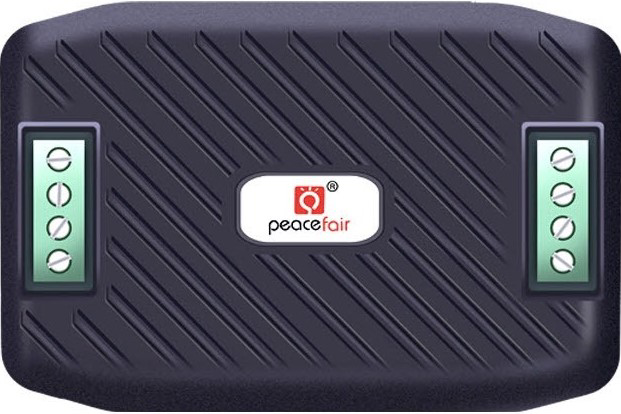
 Design with PZEM-017 in Cirkit Designer
Design with PZEM-017 in Cirkit DesignerIntroduction
The PZEM-017 is a multifunctional energy meter manufactured by Pacefair (Part ID: 017). It is designed to measure key electrical parameters in AC circuits, including voltage, current, power, energy, and frequency. The device features a digital display for real-time monitoring and supports UART communication for seamless integration with microcontrollers and other systems.
Explore Projects Built with PZEM-017
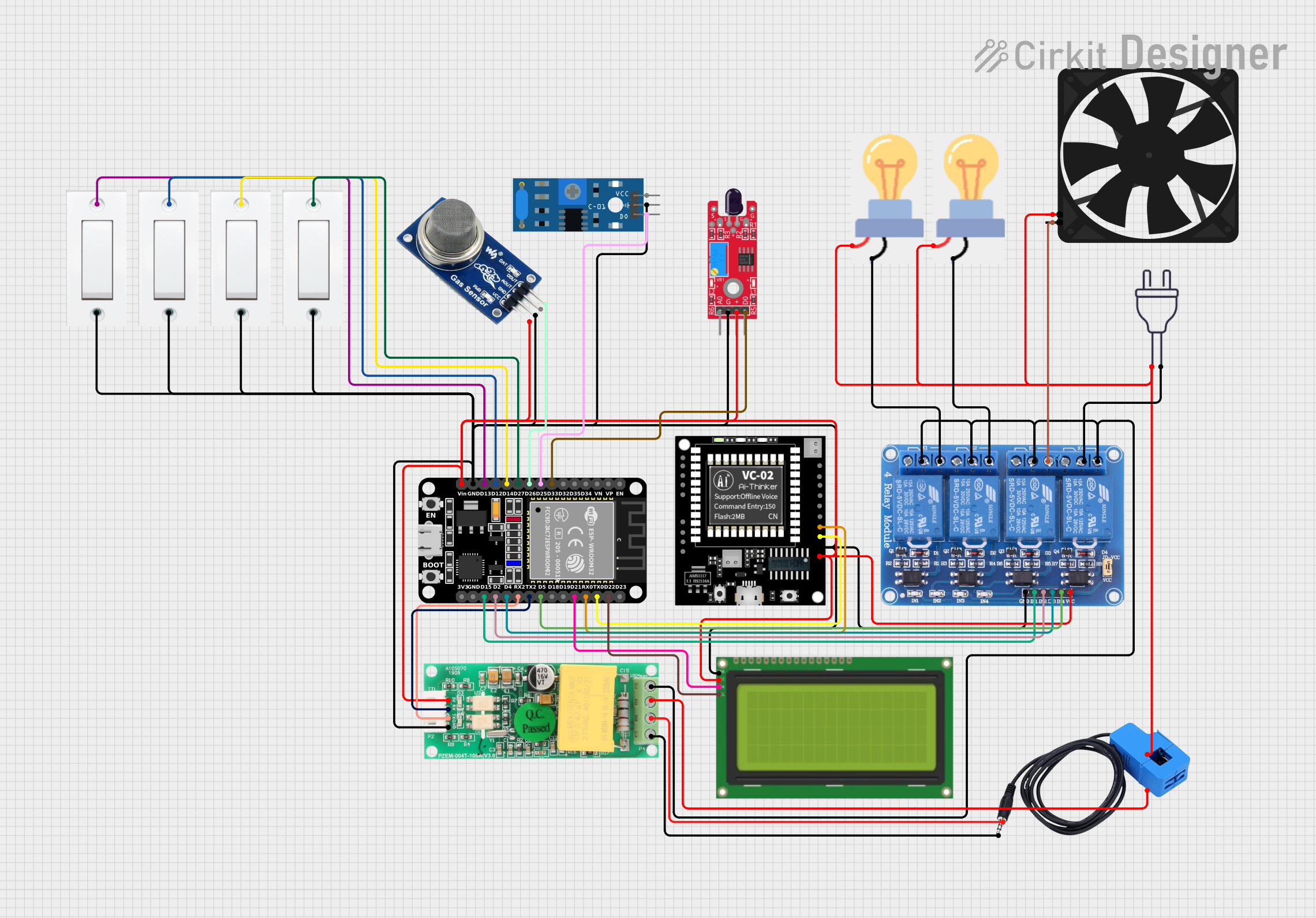
 Open Project in Cirkit Designer
Open Project in Cirkit Designer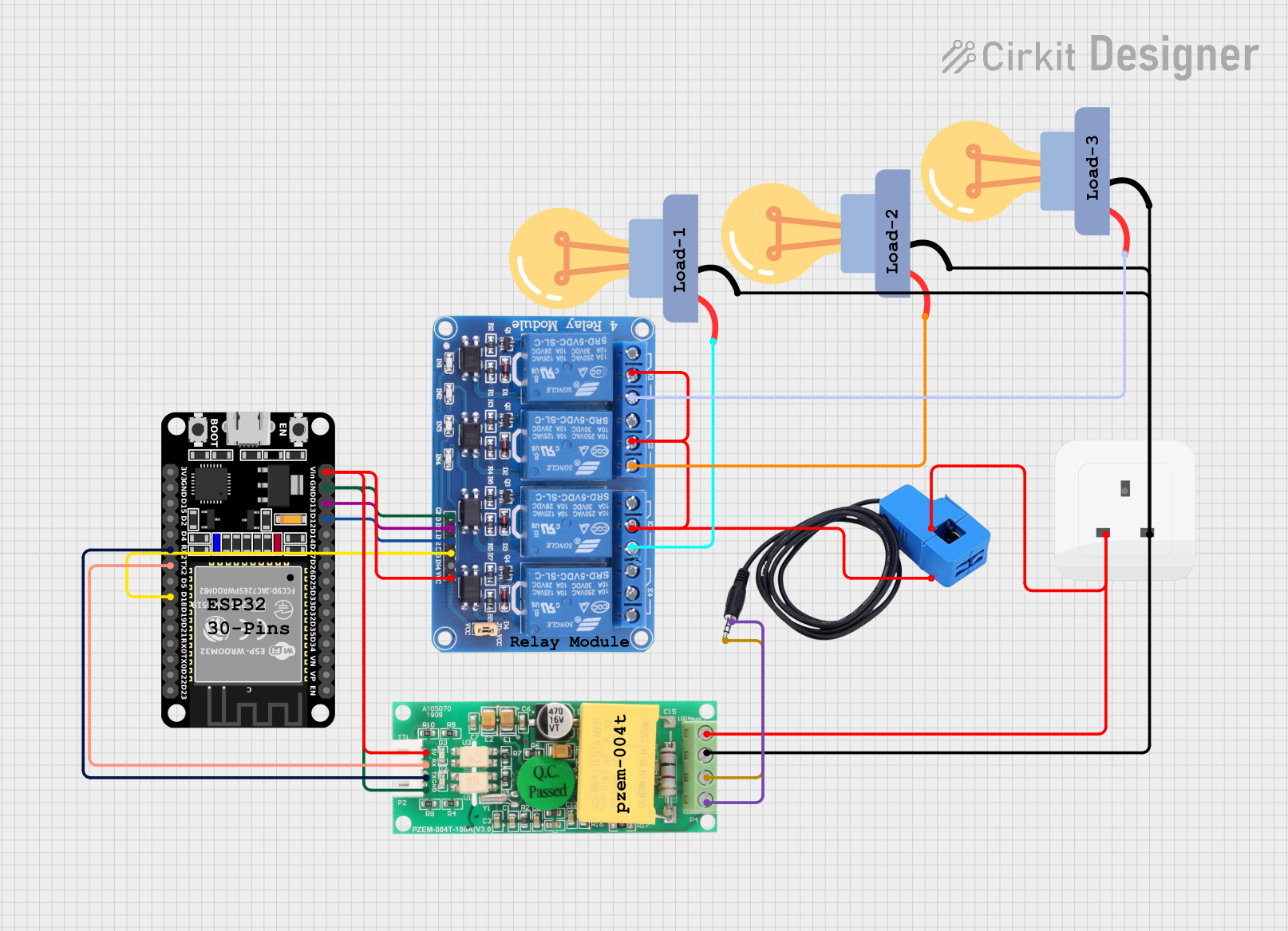
 Open Project in Cirkit Designer
Open Project in Cirkit Designer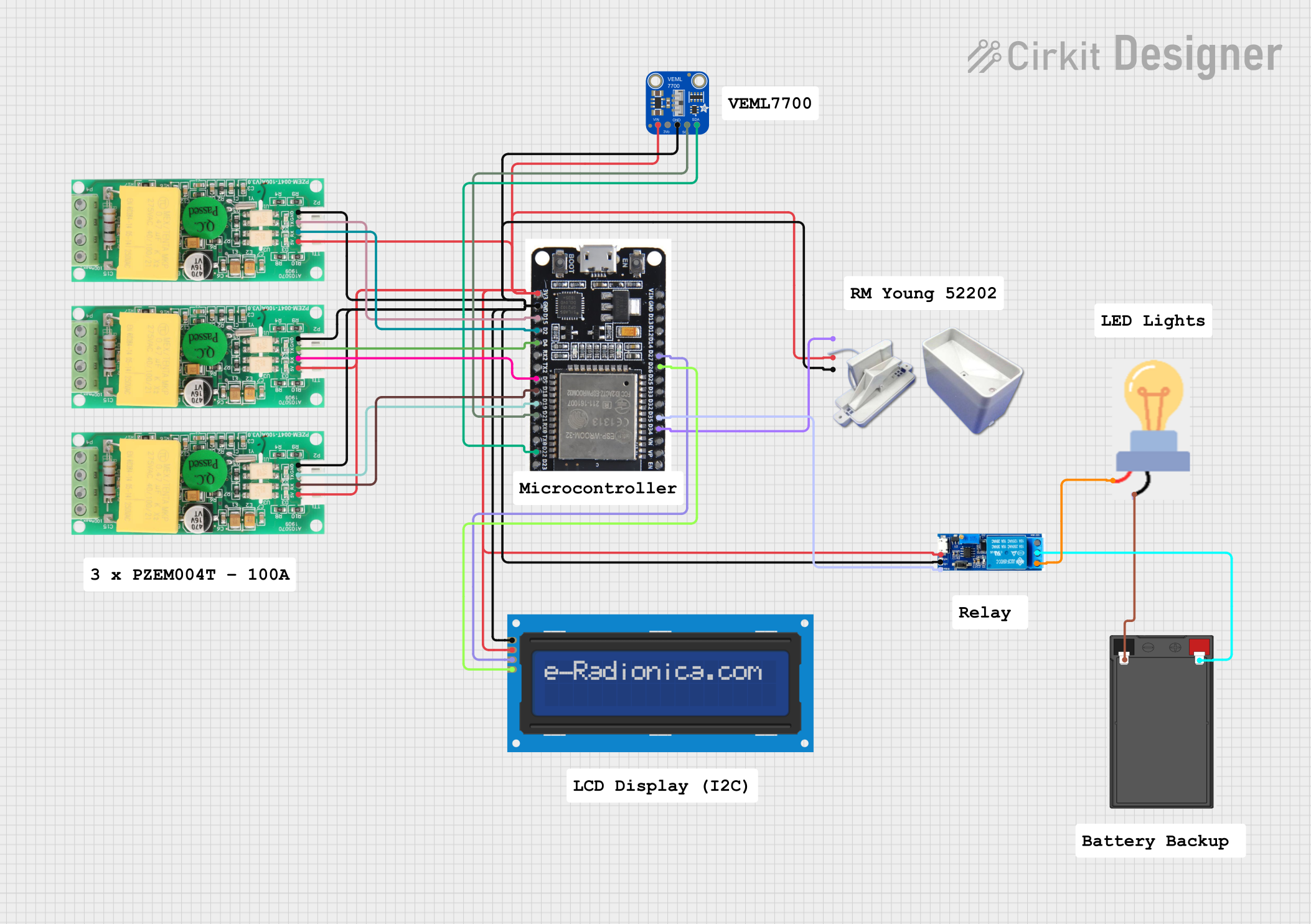
 Open Project in Cirkit Designer
Open Project in Cirkit Designer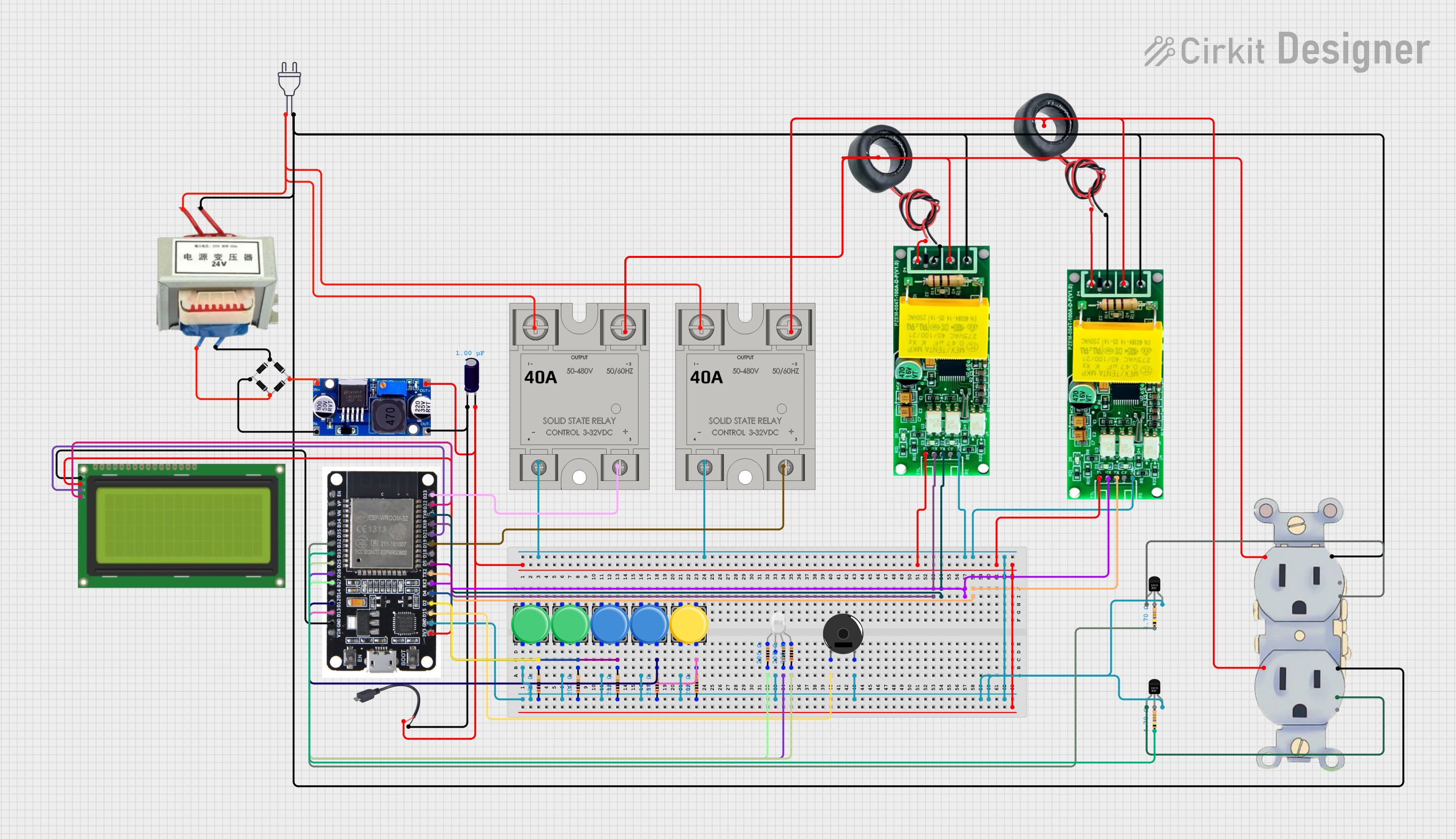
 Open Project in Cirkit Designer
Open Project in Cirkit DesignerExplore Projects Built with PZEM-017

 Open Project in Cirkit Designer
Open Project in Cirkit Designer
 Open Project in Cirkit Designer
Open Project in Cirkit Designer
 Open Project in Cirkit Designer
Open Project in Cirkit Designer
 Open Project in Cirkit Designer
Open Project in Cirkit DesignerCommon Applications
- Energy monitoring in residential, commercial, and industrial environments.
- Power consumption analysis for appliances and machinery.
- Smart energy management systems for IoT applications.
- Data logging for energy usage over time.
Technical Specifications
The following table outlines the key technical details of the PZEM-017:
| Parameter | Specification |
|---|---|
| Voltage Range | 80V - 260V AC |
| Current Range | 0A - 100A (requires external CT) |
| Power Range | 0W - 22kW |
| Energy Range | 0kWh - 9999kWh |
| Frequency Range | 45Hz - 65Hz |
| Communication Interface | UART (9600 baud rate, 8N1 format) |
| Power Supply | 5V DC (external power required) |
| Accuracy | ±0.5% (under standard conditions) |
| Operating Temperature | -10°C to 60°C |
| Dimensions | 79mm x 43mm x 25mm |
Pin Configuration
The PZEM-017 has a 4-pin interface for power and communication. The pinout is as follows:
| Pin | Name | Description |
|---|---|---|
| 1 | VCC | 5V DC power supply input |
| 2 | GND | Ground connection |
| 3 | TXD | UART Transmit (connect to RX of microcontroller) |
| 4 | RXD | UART Receive (connect to TX of microcontroller) |
Usage Instructions
Connecting the PZEM-017
- Power Supply: Connect the VCC pin to a 5V DC power source and the GND pin to ground.
- UART Communication:
- Connect the TXD pin of the PZEM-017 to the RX pin of your microcontroller.
- Connect the RXD pin of the PZEM-017 to the TX pin of your microcontroller.
- Current Transformer (CT):
- Attach the external CT to the PZEM-017 and ensure it is clamped around the live wire of the AC circuit.
- Ensure the CT is oriented correctly for accurate current measurement.
- Load Connection: Connect the AC load to the circuit being monitored.
Important Considerations
- External Power: The PZEM-017 requires an external 5V DC power supply to operate.
- CT Placement: Ensure the current transformer is securely clamped around the live wire only. Do not clamp it around both live and neutral wires, as this will result in incorrect readings.
- UART Settings: Configure the UART interface of your microcontroller to 9600 baud rate, 8 data bits, no parity, and 1 stop bit (8N1 format).
- Isolation: For safety, ensure proper electrical isolation between the PZEM-017 and high-voltage AC circuits.
Example Code for Arduino UNO
Below is an example Arduino sketch to interface the PZEM-017 with an Arduino UNO:
#include <SoftwareSerial.h>
// Define RX and TX pins for SoftwareSerial
SoftwareSerial pzemSerial(10, 11); // RX = Pin 10, TX = Pin 11
void setup() {
Serial.begin(9600); // Initialize Serial Monitor
pzemSerial.begin(9600); // Initialize UART communication with PZEM-017
Serial.println("PZEM-017 Energy Meter Example");
}
void loop() {
// Send a command to request data from the PZEM-017
byte request[] = {0x01, 0x04, 0x00, 0x00, 0x00, 0x0A, 0x70, 0x0D};
pzemSerial.write(request, sizeof(request));
delay(100); // Wait for the response
// Read the response from the PZEM-017
byte response[25];
int index = 0;
while (pzemSerial.available() > 0) {
response[index++] = pzemSerial.read();
if (index >= 25) break; // Prevent buffer overflow
}
// Check if a valid response is received
if (index > 0) {
Serial.print("Received Data: ");
for (int i = 0; i < index; i++) {
Serial.print(response[i], HEX);
Serial.print(" ");
}
Serial.println();
} else {
Serial.println("No response from PZEM-017");
}
delay(1000); // Wait 1 second before the next request
}
Notes on the Code
- The example uses the
SoftwareSeriallibrary to communicate with the PZEM-017. Ensure the RX and TX pins are correctly connected. - The command sent in the
requestarray is a Modbus RTU query to read data from the PZEM-017. Modify this command as needed for specific data requests.
Troubleshooting and FAQs
Common Issues
No Data Received
- Cause: Incorrect UART connection or baud rate mismatch.
- Solution: Verify the TX and RX connections and ensure the baud rate is set to 9600.
Incorrect Readings
- Cause: Improper CT placement or orientation.
- Solution: Ensure the CT is clamped around the live wire only and is oriented correctly.
Device Not Powering On
- Cause: Insufficient or no power supply.
- Solution: Check the 5V DC power source and connections to the VCC and GND pins.
Intermittent Communication
- Cause: Electrical noise or loose connections.
- Solution: Use shielded cables for UART communication and ensure all connections are secure.
FAQs
Q: Can the PZEM-017 measure DC circuits?
A: No, the PZEM-017 is designed specifically for AC circuits and cannot measure DC parameters.
Q: What is the maximum current the PZEM-017 can measure?
A: The PZEM-017 can measure up to 100A using an external current transformer (CT).
Q: Can I use the PZEM-017 with a Raspberry Pi?
A: Yes, the PZEM-017 can be interfaced with a Raspberry Pi using its UART interface. Ensure proper voltage level shifting if required.
Q: How do I reset the energy reading to zero?
A: The energy reading can be reset by sending a specific Modbus RTU command to the PZEM-017. Refer to the manufacturer's protocol documentation for details.